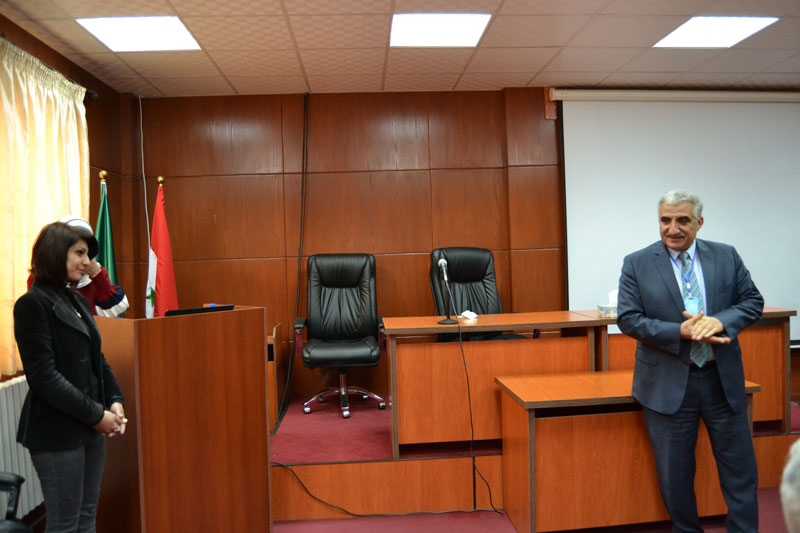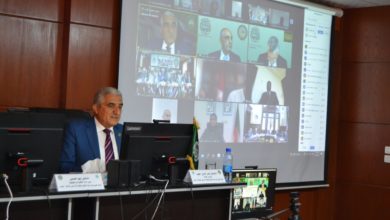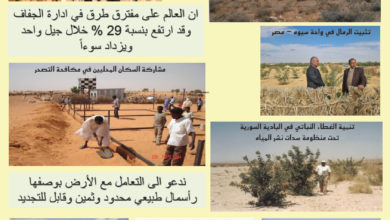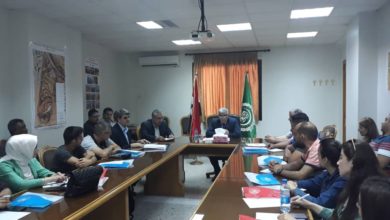Saffron and Dust storm / Two scientific presentations in ACSAD
The Arab Center for the Studies of Arid Zones and Drylands (ACSAD) held on 15/12/2020 a workshop for two scientific presentations at its headquarter in Damascus; the first was on “the experiment of cultivating Saffron in the Syrian coastal governorate of Tartus,” and the second was on “the dust storms in the Syrian desert,” in the presence of a large turnout of Arab experts and researchers.
In a speech at the opening of the two presentations, the Director-General of the Arab Center (ACSAD), Dr. Nasr Edin Obaid, confirmed that ACSAD organization continues to give studies and scientific research and apply its results the great importance. He also praised and called the young researchers for more fierce determination and hard work, expressing his admiration and praise for their enthusiasm and perseverance. He confirmed that the organization opens its arms for all ambitious researchers, and It will always help them to achieve the results of their applied scientific work, considering that ACSAD is the home of Arab expertise, the incubator of agricultural research and development projects in the agricultural sector in the Arab countries. It continuously tries to provide new agricultural technologies that serve agricultural development and improve farmers’ economic situation, particularly in the marginal areas most need of such technologies.
As an extension of ACSAD’s activity in the field of interest, in spreading the cultivation of Saffron plant and the training course on it; the researcher and agricultural engineer, Razan Shaaban, presented a scientific presentation entitled “the effect of adding organic fertilizer (cattle rusts) and yeast extract in some formal, anatomic, and productive qualities of the two plants ( Saffron and aniseed) in conditions of Tartus.
The engineer, Shaban, explained at the beginning the justification for this research, by increasing the global interest in the recent years in medicinal and aromatic plant products with pharmaceutical effects, especially the organic or natural product, away from chemical fertilizers, to produce medical and pharmaceutical extracts in the treatment of human diseases as well as animal and plant diseases. Some plant species growing wild in nature or cultivated as productive crops and have medical characteristics in folk medicine, such as Anise and Saffron, are also of great importance today in converting them into crops with economic returns on individuals and institutions.
Then, She referred to the steps and procedures required for carrying out the research, pointing out the results of some work implemented in Tartus governorate as “coastal area” on Saffron plant, and pointing to the success of this experiment, which gives hope that coastal areas are suitable for cultivating Saffron.





